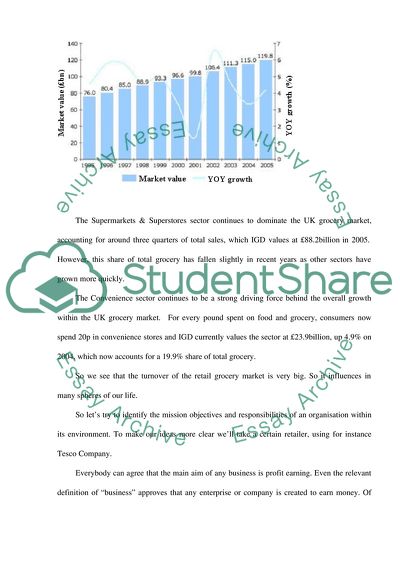Cite this document
(The Retail Grocery Market Case Study Example | Topics and Well Written Essays - 1750 words, n.d.)
The Retail Grocery Market Case Study Example | Topics and Well Written Essays - 1750 words. https://studentshare.org/marketing/1535407-the-retail-grocery-market
The Retail Grocery Market Case Study Example | Topics and Well Written Essays - 1750 words. https://studentshare.org/marketing/1535407-the-retail-grocery-market
(The Retail Grocery Market Case Study Example | Topics and Well Written Essays - 1750 Words)
The Retail Grocery Market Case Study Example | Topics and Well Written Essays - 1750 Words. https://studentshare.org/marketing/1535407-the-retail-grocery-market.
The Retail Grocery Market Case Study Example | Topics and Well Written Essays - 1750 Words. https://studentshare.org/marketing/1535407-the-retail-grocery-market.
“The Retail Grocery Market Case Study Example | Topics and Well Written Essays - 1750 Words”. https://studentshare.org/marketing/1535407-the-retail-grocery-market.


